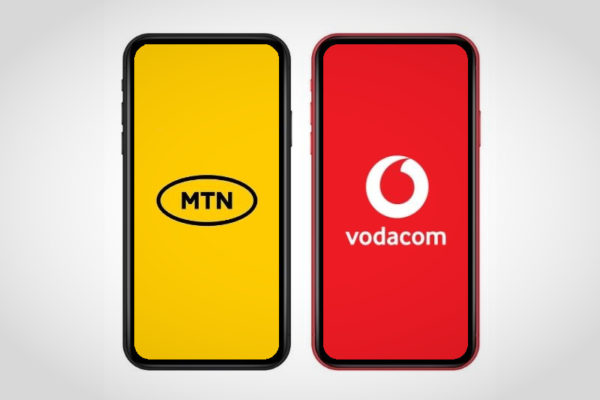The GSMA, a global telecommunications industry body, has partnered with six of Africa’s leading mobile operators—Vodacom, MTN, Airtel, Axian Telecom, Ethio Telecom, and Orange—to establish minimum specifications for an affordable smartphone priced at £16 (R520) or less. Unveiled at the Mobile World Congress in Kigali, Rwanda, concluding on 23 October 2025, this initiative under the GSMA Handset Affordability Coalition aims to bring 4G-capable devices to millions of mass-market consumers across the continent. As reported by TechCentral, the move seeks to bridge the digital divide in a region where affordability remains the primary barrier to mobile internet adoption.
The coalition’s director-general, Vivek Badrinath, highlighted the transformative potential of accessible smartphones, describing them as vital conduits for education, healthcare, financial services, and economic participation. He stressed that the partnership sends a clear signal to manufacturers and policymakers to prioritise low-cost, high-quality devices. According to GSMA Intelligence, a £21 smartphone could connect an additional 20 million people in sub-Saharan Africa, while a £16 model could reach up to 50 million, unlocking a market where 3.4 billion people live within mobile broadband coverage but cannot afford internet-enabled devices.
In South Africa, efforts to enhance affordability have gained traction. Communications Minister Solly Malatsi, following a February 2025 meeting with GSMA, World Bank, and industry stakeholders, secured a pivotal policy shift. Finance Minister Enoch Godongwana announced in March that ad valorem excise duties, previously set at 9% on smartphone imports, would be waived for devices costing R2,500 or less. While the mobile industry welcomed this relief, critics argue it falls short of addressing deeper structural barriers, with only 40% of South Africans owning smartphones due to high costs and limited disposable income, as noted in BusinessTech. The country’s digital inclusion gap persists, with 25% of adults unconnected, per Stats SA’s 2024 Digital Access Report.
Mobile operators are innovating to close this gap. MTN launched a programme in May 2025 to distribute 1.2 million 4G smartphones at R99 each, partnering with Smartphone For All. The initiative, which subsidises devices to boost data usage, reflects the industry’s push to migrate users from 2G and 3G networks, which complicate network management due to their outdated infrastructure. Vodacom, facing similar pressures, introduced a R249 cloud-based 4G phone manufactured by Mobicel in September. Designed with a feature-phone aesthetic but supporting smart apps like WhatsApp and TikTok via cloud services, it operates on minimal hardware—48MB RAM and 128MB storage—making it accessible to low-income users, according to MyBroadband.
The GSMA’s coalition is now engaging smartphone manufacturers to refine these baseline standards, which cover memory, RAM, camera quality, display size, and battery life to ensure functionality at scale. The body also urged African governments to emulate South Africa’s tax reductions, citing their role in spurring connectivity. The economic stakes are high: closing the usage gap in low- and middle-income countries by 2030 could add $3.5 trillion to GDP, driven by enhanced access to education, healthcare, and e-commerce, as outlined in GSMA’s 2025 Mobile Economy Report. In sub-Saharan Africa, where mobile money transactions reached $912 billion in 2024, affordable devices are critical to sustaining 8% annual digital economy growth.
South Africa’s telecoms face unique challenges, with four network generations (2G to 5G) coexisting, inflating operational costs by 15% compared to streamlined markets, per Deloitte’s 2025 Africa Telecom Outlook. Operators like MTN and Vodacom are thus incentivised to transition users to 4G, which boosts data consumption by 30% on average, enhancing revenue while supporting financial inclusion. Vodacom’s cloud-phone strategy, for instance, reduces device costs by 50% compared to traditional smartphones, aligning with a market where 60% of consumers prioritise affordability over premium features, as reported by TransUnion’s Mobility Insights.
The coalition’s efforts build on global trends, with low-cost manufacturers like Tecno and Infinix already capturing 18% of Africa’s smartphone market by offering devices under $100, per Counterpoint Research. Yet, high import tariffs and logistics costs—exacerbated by port delays at Durban, costing the economy R100 million daily—hinder progress, according to Freight News. By advocating for policy reforms and innovative financing, the GSMA and its partners aim to transform Africa’s 1.4 billion-strong market, where 670 million mobile subscribers could drive socioeconomic gains if equipped with affordable, connected devices.


